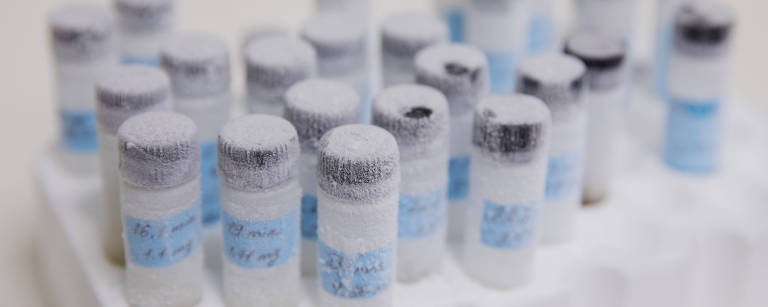






Editing and coordination Paula LeiteImage editor Thea SeverinoCopy editing and revision Paula Leite, Marcelo Leite and Luciana CoelhoPhoto editing Fernando SciarraPhoto retouching Edson SallesInfographics Gabriel Alves, Gustavo Queirolo and Simon DucroquetDesign Irapuan CamposGraphics coordination Kleber Bonjoan and Rubens Fernando AlencarWeb development Pilker
